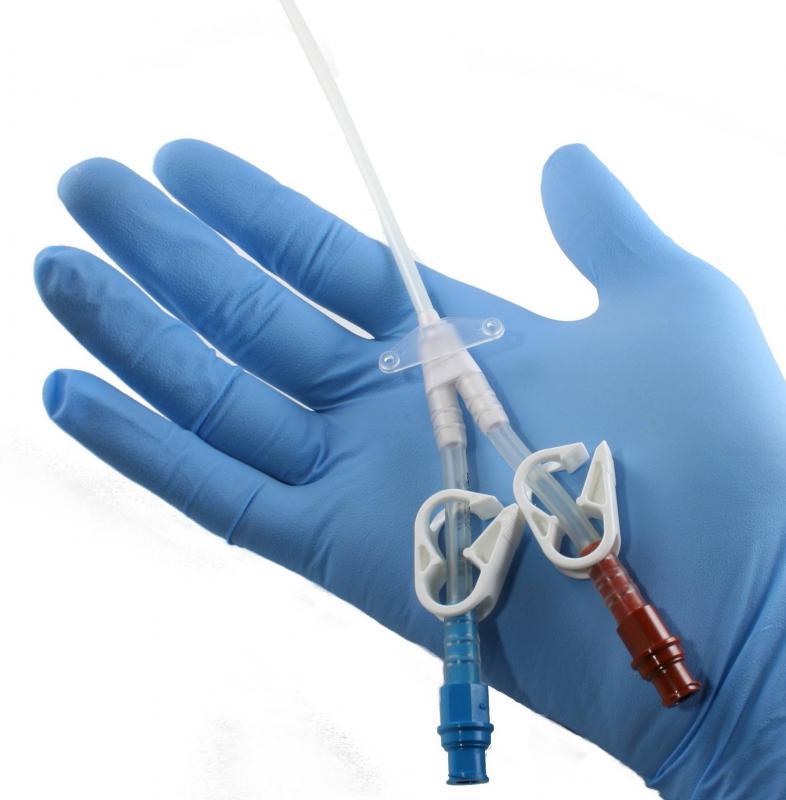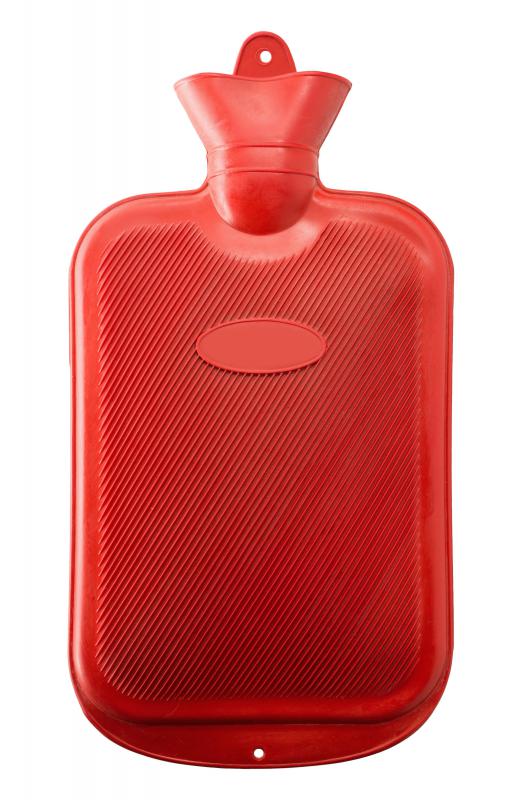At TheHealthBoard, we're committed to delivering accurate, trustworthy information. Our expert-authored content is rigorously fact-checked and sourced from credible authorities. Discover how we uphold the highest standards in providing you with reliable knowledge.
What is Abscess Drainage?
Abscess drainage is a procedure in which a doctor either lances a skin eruption with a sharp utensil and allows it to drain, or inserts a catheter into an internal abscess and draws out the fluids. Skin abscesses, or boils, are far more common than internal ones and drainage is much less involved. External boils are generally drained by simply making a small incision at the top and gently squeezing infection out.
An abscess occurs when bacteria infect tissue in the body. This most commonly occurs on the skin in sweat glands, pores, or hair follicles. Damaging the skin through shaving, plucking, or waxing makes the development of a boil more likely to occur. Most skin abscesses are caused by one of many types of staph bacteria which infects the area and slowly begins to cause swelling, redness, and sometimes severe pain. Internal abscesses occur in much the same way, only inside the body, most commonly in the digestive system.

The abscess begins to fill with a combination of blood cells, bacteria, and debris and can become quite large, hard, and painful. When this happens, abscess drainage is often recommended to ensure that all pus is removed and the area is able to heal properly. Sometimes drainage may occur on its own without the aid of a doctor.
For external abscess drainage, the doctor will likely check for a whitehead on the growth. If there is one present, he will then use a sterile lancer to make a small incision in the abscess to open it up. Once open, he may gently squeeze the sides toward the center and outward to pull the pus from the top. Sometimes drainage may not be pus-like at all, and may contain a red or amber fluid that is filled with red blood cells. Once the abscess has been effectively drained, pain is usually greatly diminished.

Internal abscess drainage usually requires the use of a catheter and long tubing to allow fluids to exit the body. The catheter is inserted into the abscess, and pus flows outward into the tube where it is caught in a plastic bag or container. Pain generally subsides within one day.
In the case of external abscesses, the wound must be kept clean and covered at all times because any slight drainage that may occur is highly contagious. Any surfaces touched by the abscess prior to it being covered should be cleaned thoroughly with an antibacterial solution. Dressings should be changed frequently and hands should be washed with hot soapy water before and after touching the area.

Antibiotics may be given for both internal and external abscesses, usually during drainage and for several days after. If they are recurrent — meaning more than one abscess appears within a few months time — then the bacteria may be cultured to rule out the possibility of Methicillin-resistant Staphylococcus aureus (MRSA), or antibiotic resistant staph. Different medications may be needed to treat drug-resistant strains, or an underlying immune disorder may be the culprit.
AS FEATURED ON:
AS FEATURED ON:



















Discuss this Article
Post your comments